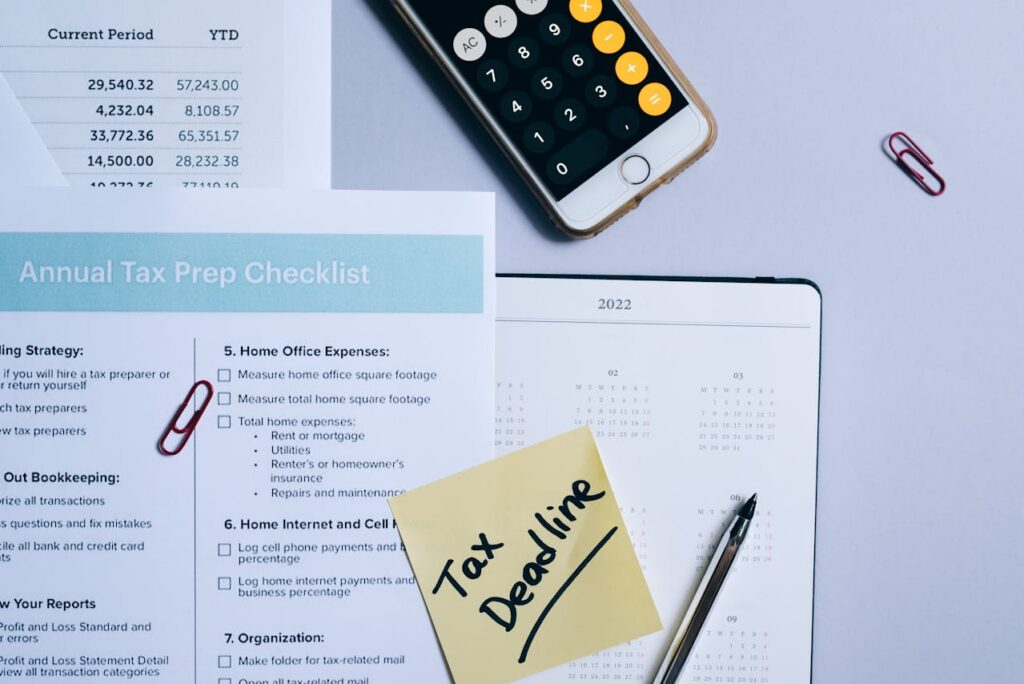Physical Address
304 North Cardinal St.
Dorchester Center, MA 02124
Physical Address
304 North Cardinal St.
Dorchester Center, MA 02124

When it comes to personal finance, there’s one principle that holds true above all others: you need a plan. Think of your finances like a roadmap. Without a clear destination and a way to get there, you’re just driving in circles. That’s where budgeting comes in.
Budgeting isn’t just about cutting back on spending and restricting your lifestyle. It’s about creating a clear path to achieve your financial goals—whether that’s paying off debt, saving for a home, or building wealth for the future.
In this article, we’ll walk you through a budgeting blueprint that can help you grow your finances, step by step.
Before diving into the nitty-gritty details of budgeting, let’s take a moment to understand why it’s so crucial for financial growth.

Without a budget, your money might feel like it’s slipping through your fingers. You know you’re earning, but somehow, it never seems to last. Budgeting is the tool that helps you allocate your income to where it matters most. It gives you control over your finances and ensures that every dollar has a purpose.

Do you have big dreams? A vacation, a new car, paying off debt, or buying a house? Budgeting helps you prioritize these financial goals and create a structured plan to achieve them. Without a budget, these goals can feel distant or impossible.
When you’re living paycheck to paycheck, financial stress is real. A budget can help you see exactly where your money is going, giving you the clarity and peace of mind that you’re not overspending and that you’re on track to meet your goals.
Budgeting isn’t just about covering your expenses. It’s also about setting aside money for the future. Whether you’re saving for an emergency fund, retirement, or other long-term goals, budgeting helps you build those savings and investments over time.
Before you can create a solid budget, you need to know where you stand. Assessing your current financial situation is the first step in building your budget blueprint. This includes understanding your income, expenses, debts, and assets.
Start by listing all of your sources of income. This can include your regular salary, side hustles, passive income, or any other streams of revenue.
Knowing how much money you’re bringing in each month is essential for planning how much you can allocate toward different categories in your budget.
Next, take a look at all of your monthly expenses. This can include both fixed expenses (like rent or mortgage payments, utilities, and subscriptions) and variable expenses (like groceries, entertainment, and dining out).
Tracking every expense is key to understanding where your money is going. Apps like Mint or YNAB (You Need A Budget) can make tracking easy, or you can simply jot things down in a notebook.
Take a look at any debts you may have—credit cards, student loans, car payments, etc.—and how much interest you’re paying. Understanding your liabilities will help you make better decisions about where to allocate funds. Similarly, take a stock of your savings, emergency fund, or investments.
Now that you know where you’re starting from, it’s time to set some financial goals. Having clear, achievable goals will guide your budget and motivate you to stay on track.
These are goals that you can realistically achieve in the near future. They might include paying off credit card debt, building an emergency fund, or saving for a vacation. Short-term goals are important because they give you something to work toward immediately.
Medium-term goals are a bit more ambitious. Perhaps you want to save for a down payment on a house or pay off student loans. These goals often require more planning and sacrifice, but with proper budgeting, they’re definitely achievable.
Long-term goals are usually bigger financial milestones, such as saving for retirement, building a large investment portfolio, or paying off a mortgage. While these goals take longer to reach, they should still be a focus in your budget, and you should start working toward them now.
The 50/30/20 rule is a popular and simple budgeting method that can help you allocate your income in a balanced way. It’s easy to follow, and it ensures that you’re setting aside money for all areas of your financial life.
The first half of your budget should go toward essential expenses—things that you absolutely must pay for to maintain your basic lifestyle. This includes rent or mortgage, utilities, food, transportation, insurance, and other fixed expenses. Needs are non-negotiable and should take up the bulk of your income.
The next 30% of your budget goes toward discretionary spending. This includes things like entertainment, dining out, shopping, vacations, or any non-essential items that improve your quality of life. It’s important to allow yourself to enjoy life, but remember to stay within your means.
Finally, allocate at least 20% of your income toward savings and debt repayment. This could include contributing to an emergency fund, investing in retirement accounts like a 401(k) or IRA, or paying off any high-interest debt. By prioritizing savings and debt, you’re setting yourself up for long-term financial success.
If you’re struggling to make ends meet or reach your financial goals, you might need to trim some expenses. Cutting back doesn’t mean depriving yourself—it just means being more mindful of where your money goes.
Look at your spending habits and see where you can make small changes. Can you cook at home more often instead of dining out? Can you cut out subscriptions you don’t use or downgrade to a more affordable plan? Small adjustments can add up quickly, and the savings can be used to pay off debt or grow your emergency fund.
If you’re really committed to boosting your income and accelerating your financial growth, consider picking up a side hustle. Whether it’s freelancing, tutoring, pet-sitting, or driving for a rideshare service, a side hustle can increase your income and give you more financial flexibility.
In that note, here are 11 secret passive income streams that actually work.
One of the easiest ways to stay on track with your budget and financial goals is to automate as much as possible. Setting up automatic transfers ensures that you don’t forget to save or pay off debt.
Many banks allow you to set up automatic transfers from your checking account to your savings account or investment accounts. This way, you’re automatically saving each month, even if you forget to manually do it.
Similarly, if you have debt, set up automatic payments to avoid late fees and keep yourself on track with repayment. You can set these payments to cover the minimum balance or, better yet, to pay extra toward principal so you can pay off the debt faster.
Finally, your budget should be a living document. It’s important to review it regularly and make adjustments as needed. Life changes—your income may increase, your expenses may fluctuate, or you may hit a financial goal and need to set new ones.
Regularly review your goals and track your progress. Celebrate your wins, even the small ones! If you’re behind on a goal, don’t get discouraged. Look at what you can adjust to get back on track.
As your life evolves, so should your budget. A new job, a move, a family, or an unexpected financial setback can all impact your budget. Don’t be afraid to adjust as necessary. The key is to stay flexible and keep your eyes on the prize: financial growth and stability.
Building wealth and achieving financial growth isn’t a one-time thing—it’s a journey. By following this budgeting blueprint, you’ll create a solid foundation for financial success, achieve your goals, and set yourself up for long-term prosperity.
It takes discipline, but the rewards are worth it. Start today, and watch as your financial future transforms for the better. You’ve got this!